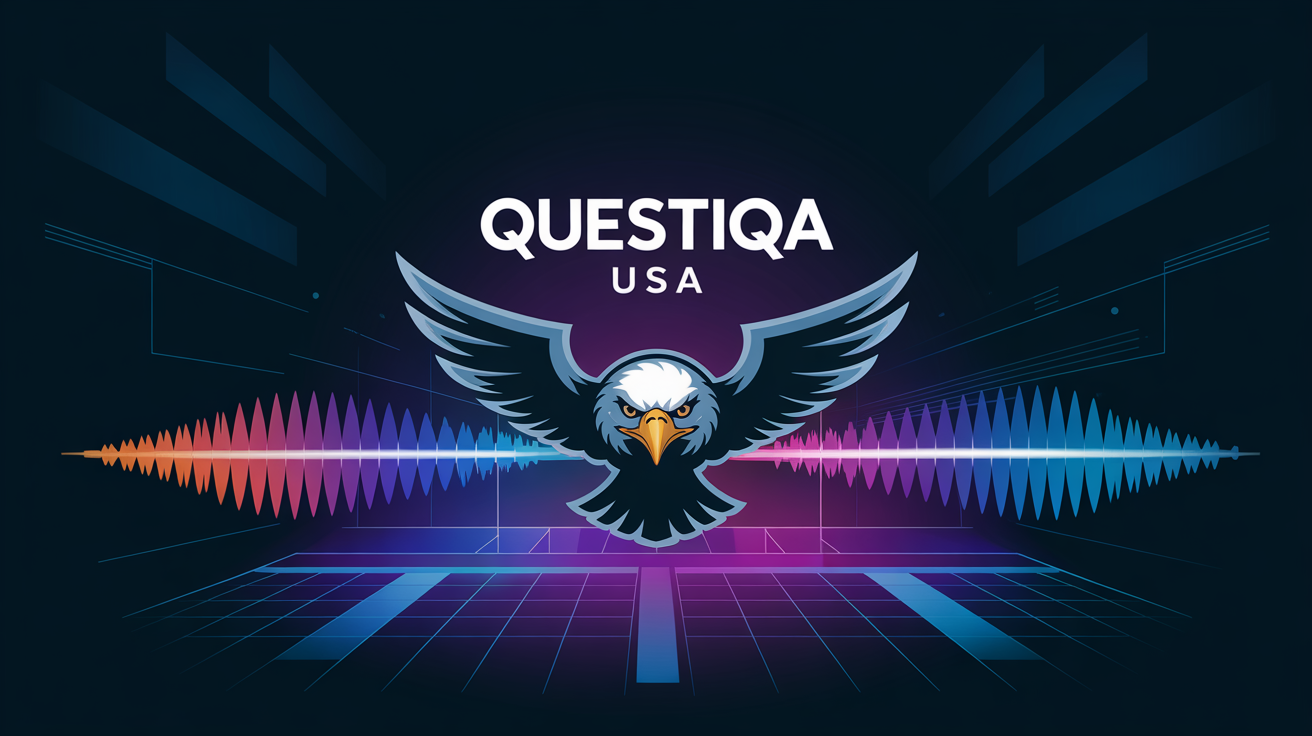Summary – The evolving U.S. stance on military aid to Ukraine highlights growing political and strategic complexities amid stalled Russian ceasefire talks.,
Article –
Russian President Vladimir Putin‘s delay in agreeing to a ceasefire in the Ukraine conflict has intensified tensions in Eastern Europe. Concurrently, the United States has experienced a notable shift in policy, with former President Donald Trump revising his position on providing military support to Ukraine. These developments reveal the intricate balance of geopolitical strategy, domestic politics, and international diplomacy influencing U.S. involvement in the conflict.
What Sparked the Controversy?
The conflict, which worsened significantly in early 2024, revolves around Russia’s military activities in eastern Ukraine. Despite international appeals for ceasefire negotiations, Putin has postponed any formal ceasefire agreement. This delay comes amid mounting pressure from Western nations to ease the violence and pursue diplomacy.
Meanwhile, the U.S. has consistently provided military aid to Ukraine—such as weapons and financial resources—to strengthen Ukraine’s defense against Russian aggression. Recently, Donald Trump has shifted his stance, showing openness or support for sending military equipment to Ukraine, a reversal from his earlier opposition. This change adds further complexity to the American domestic debate on foreign aid and military involvement.
Political and Legal Fallout
The deadlocked ceasefire discussions and evolving U.S. policy occur at a politically sensitive time. Opinions on the Ukraine conflict and U.S. support are deeply divided across the American political spectrum.
- The current administration faces pressure from Congress, defense officials, and foreign policy experts to continue backing Ukraine as a move to counter Russian expansionism.
- Some factions within Trump’s base express skepticism about ongoing military aid, citing concerns about entanglement in foreign conflicts and financial burdens.
- Trump’s policy shift might influence Republican party dynamics and affect forthcoming legislation on military assistance and foreign policy.
Public Sentiment
The U.S. public holds mixed feelings about the war in Ukraine and America’s role. Polls indicate growing fatigue with extended foreign engagements, even while awareness of humanitarian and geopolitical stakes remains elevated.
The stalled ceasefire complicates public perception, as civilians and policymakers weigh the consequences of ongoing conflict against uncertain diplomatic peace prospects.
Experts emphasize that clear communication about the aims and possible outcomes of U.S. military aid is vital for sustaining public support. The risk of further Russian aggression without a ceasefire elevates concerns about regional and global security.
What’s Next for the U.S.?
Looking ahead, the U.S. faces critical decisions on how much and what kind of support to provide Ukraine. Putin’s continued delays in agreeing to a ceasefire may lead to increased U.S. aid and diplomatic efforts.
Donald Trump’s recent policy reversal could signal changing political sentiments, potentially affecting congressional approval of military support.
Strategically, the U.S. must balance deterring Russian expansion with domestic political considerations and the long-term costs of involvement. The international community will closely monitor the developments and their impact on the conflict and alliances.
In summary, the combination of stalled Russian ceasefire negotiations and shifting U.S. policy creates a complex environment for decisions with significant geopolitical, domestic, and diplomatic consequences.







Average Rating